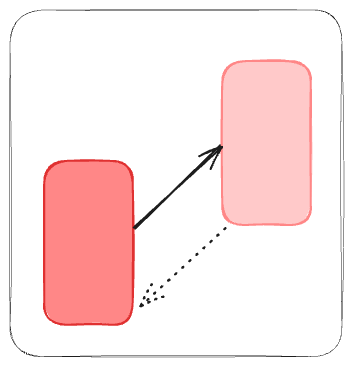Semantic Linking

Semantic linking defines the types of relationships that can exist between concepts or notes.
By making these relationships explicit, we enrich connections and improve discoverability.
Types of Semantic Links
Support and Opposition
- Supports — one concept confirms or reinforces another.
- Opposes — one concept contradicts or refutes another.
Development and Context
- Extends — builds upon or expands another.
- Explains — provides context, cause, or effect.
- Relates to — general connection (ambiguous).
Composition and Structure
- Constituent of — something is part of a larger whole.
- Contains — something includes or holds another.
- Is a component of — explicitly part of another.
- Is an aspect of — a feature or part of another.
- Is a manifestation of — expression or representation of another.
Dependency and Conditions
- Depends on — requires another to be understood.
- Is condition for — necessary or sufficient condition.
- Is evidence for — serves as proof or support.
Causality and Sequence
- Is a cause of — reason behind another.
- Is an effect of — result of another.
- Antecedent of — precursor of another.
- Consequent of — consequence of another.
- Precedes — comes before another.
- Succeeds — follows another.
Comparison and Contrast
- Contrasts with — differs from another.
- Compares to — compared with another.
- Complements — supplements another.
- Reflects — mirrors another.
- Is a counterpart to — opposite or parallel.
- Is a variation of — version of another.
Influence and Derivation
- Influences — shapes or affects another.
- Derived from — originates from another.
- Replaces — substitutes another.
Properties and Functions
- Is a function of — role or purpose of another.
- Is a property of — characteristic or attribute.
- Is a source of — origin of another.
- Is a means of — way of achieving another.
Hierarchy
- Is subordinate to — lower in hierarchy.
- Is superordinate to — higher in hierarchy.
- Is independent of — unrelated to another.
Modification and Coexistence
- Modifies — changes another.
- Coexists with — exists alongside, even if contradictory.
Key Takeaway
Semantic linking transforms simple connections into meaningful relationships.
By classifying links, we can better understand how ideas support, oppose, depend on, or influence each other.